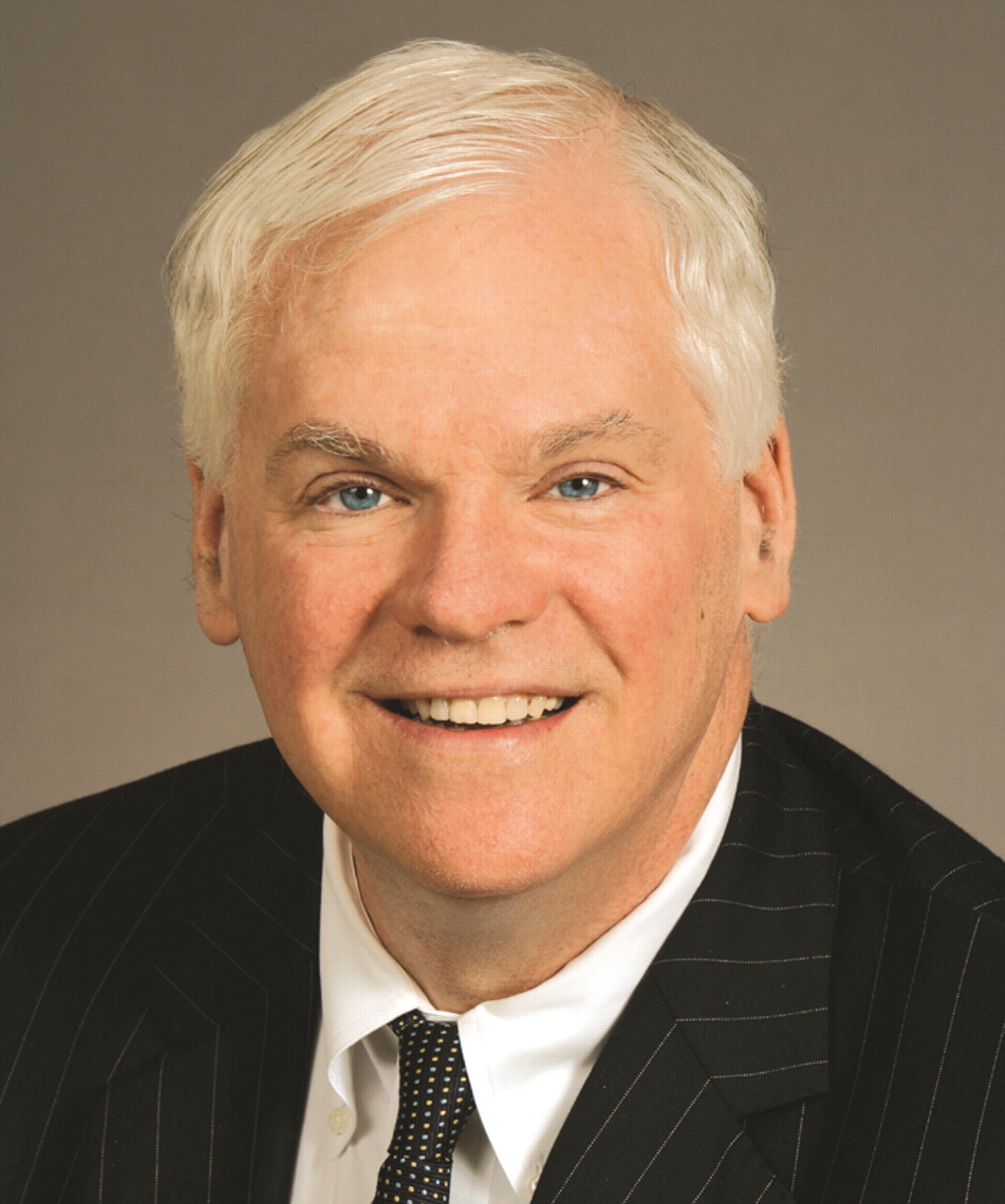APA's Membership Department has been extremely busy over the past year. For example, new and reinstated members-in-training (MITs) totaled almost 1,400 for 2003, a 60 percent increase over the previous year, when the number totaled 876. Through July, staff has worked closely with our district branches to approve and enroll almost 800 MITs, which is keeping pace with our record numbers from last year. In addition, general member (GM) enrollments and reinstatements more than doubled in 2003, to 953, up from 409 in 2002. Already through July, almost 750 general members have joined or reinstated their memberships.
Susan Kuper, director of the Membership Department, believes that this increase is due, in large part, to the dues amnesty program. The amnesty program, approved in March 2002 by the Board of Trustees, allows former members with outstanding dues balances to receive a one-time waiver of past dues to rejoin the Association. Former members must have let their membership lapse for at least one year before being eligible, and they also are required to pay the current year's dues in advance.
APA dues are waived only if the district branch participates in the program. There are 46 branches participating and nine that will consider amnesty on a case-by-case basis.
In addition to the dues amnesty program, the Membership Department hears from many psychiatrists who are joining or rejoining specifically to take advantage of the malpractice insurance benefit. (More information on this program is posted at<www.apa-plip.com>.)
Another program keeping the Membership Department busier than normal is the advancement program. When MITs complete their psychiatry residency training, they are required to upgrade their membership to general member (GM) status. To meet the GM requirements, one must show proof of residency completion and licensure. It's a challenge to obtain this information from members who are busy establishing a practice or otherwise starting a new job and sometimes moving to a new location. Recent changes in processing will allow us to inquire directly with training programs to verify residency completion. We are also able to obtain license verification through state Web sites for members in the district branches that are in the Centralized Membership Processing Pilot Program, which has helped to decrease the length of time for processing advancements. In 2003 the Membership Department processed 1,065 MITs to GM advancements, more than double the 514 of the previous year. Through July, 328 MITs have advanced to GM. However, there are still more than 1,000 who need to advance to GM status.
The Centralized Membership Processing Pilot Program has expanded significantly since last year. At that time, the Membership Department was working with 14 district branches in a pilot project to streamline membership procedures. Today, staff are working with 48 district branches, and the response from both APA and the district branches has been tremendous. It is much easier and faster to process new member applications, district branch transfers, and other membership actions through the pilot project, and we are able to offer better member service as well.
Several key members in the Membership Department are part of the Association Management System Core Team, a group from several departments working together to ensure a successful implementation of a new membership database and Association-wide management system. The team is reviewing the data in the existing system to determine what information should be converted and what data need to be “cleaned up” before the conversion process begins in a few months. If all goes as planned, we will be testing newly converted data in the new system by late October or early November.
Our Membership Department is gearing up for a major change in the dues-payment cycle. There will no longer be a 90-day grace period at the end of the year in which delinquent dues can be paid. The Board of Trustees recently voted to remove the grace period, so members must now pay their 2004 dues by December 31 or risk losing their membership on that date. Retention efforts for members still owing 2004 dues (approximately 4,500 members in mid-August) will begin in September. Letters and notices will be sent, and a calling program will be initiated through the district branch leadership.
Preparations for the 2005 membership dues–renewal cycle are under way, and approximately 27,000 dues notices will be mailed in early October. Almost half of our members pay their dues before January 1. We are looking forward to being able to offer online membership renewals with the new association management system and are exploring the possibility of monthly or quarterly payment plans.
I am continually looking for ways to improve the membership experience and welcome your comments and suggestions. Please forward your comments and suggestions to me at
[email protected].▪

